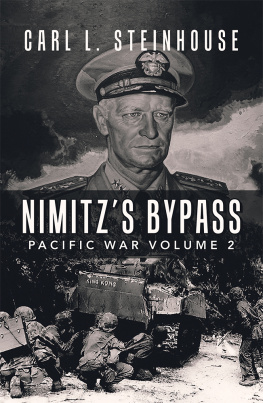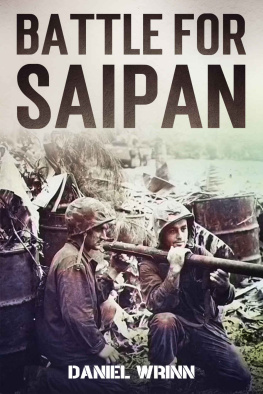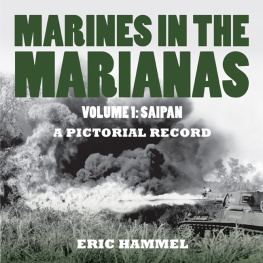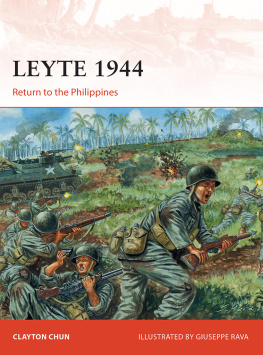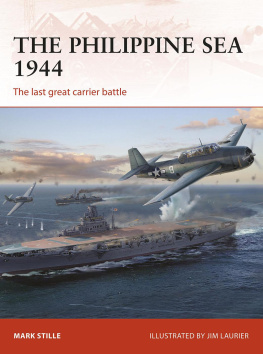
This edition is published by PICKLE PARTNERS PUBLISHINGwww.picklepartnerspublishing.com
To join our mailing list for new titles or for issues with our books picklepublishing@gmail.com
Or on Facebook
Text originally published in 1995 under the same title.
Pickle Partners Publishing 2014, all rights reserved. No part of this publication may be reproduced, stored in a retrieval system or transmitted by any means, electrical, mechanical or otherwise without the written permission of the copyright holder.
Publishers Note
Although in most cases we have retained the Authors original spelling and grammar to authentically reproduce the work of the Author and the original intent of such material, some additional notes and clarifications have been added for the modern readers benefit.
We have also made every effort to include all maps and illustrations of the original edition the limitations of formatting do not allow of including larger maps, we will upload as many of these maps as possible.
OPERATION FORAGER: AIR POWER IN THE CAMPAIGN FOR SAIPAN
By
Lieutenant Commander Mark D. Tate, USN
TABLE OF CONTENTS
Contents
TABLE OF CONTENTS
REQUEST FROM THE PUBLISHER
ABSTRACT
This study is an examination of historical data to determine the effectiveness of air power in supporting operations during the battle for Saipan during June and July 1944. The battle was fought during a critical phase of World War II, over an island whose strategic significance would become manifest during the wars closing months. The Japanese correctly believed that losing Saipan would mean the beginning of the end for the Empire.
The study determines that the role of air power was critical in protecting the amphibious force, defeating the Japanese fleet, decimating land-based Japanese air forces, and supporting the troops on the ground. Air power at Saipan created an environment which made an American victory inevitable.
The study examines the assets available and their effectiveness in various types of air support employed at Saipan, and looks at joint air employment. It concludes that anti-air combat and airfield interdiction were highly successful, while fleet action and close air support were moderately successful. It examines factors involved and the results produced. It concludes that joint operations were conducted, but that these were operations of coexistence rather than real coordination.
ACKNOWLEDGEMENTS
I am deeply grateful to all the people who have assisted me in this endeavor. In addition to the invaluable assistance of my thesis committee, I acknowledge the outstanding support of the staff of the Combined Arms Research Library at Fort Leavenworth. I also extend my sincere thanks to the staff at the Air Force Historical Research Facility at Maxwell Air Force Base for their important contributions of valuable information and their willingness to help.
LIST OF ABBREVIATIONS
AAFUnited States Army Air Force
AParmor piercing shells
BBbattleship
BLTbattalion landing team
CAheavy cruiser
CLlight cruiser
CASclose air support
CNOChief of Naval Operations
COMcommander (prefix, as in C0M5THFLT, Commander 5th Fleet)
CTFcommander, task force
CTGcommander, task group
CVfleet or fast aircraft carrier
CVLlight carrier
CVEescort carrier
DDdestroyer
DEdestroyer escort
Divdivision (suffix)
JCSJoint Chiefs of Staff
LClanding craft
LCIlanding craft, infantry
LCMlanding craft, mechanized
LCVPlanding craft, vehicles and personnel
LSDlanding ship, dock
NASnaval air station
RONsquadron (suffix, as in PATRON 6, Patrol Squadron 6)
Scair search radar
Sgsurface search radar
Tftask force
TF51Joint Expeditionary Force (VADM Richmond K. Turner, commander)
TF52Northern Attack Force, Saipan and Tinian
TF53Southern Attack Force, Guam
TF 51.1floating reserve, carrying 27th Division (U.S. Army)
CHAPTER ONE INTRODUCTION
The Statement of the Problem and Its Relevance
The research questions to be examined are as follows: How effective was the air campaign in supporting amphibious force projection operations during the Saipan campaign, and to what extent could it be considered a joint effort? In an era of increasing emphasis on joint operations, a study of how these operations were conducted (or at least attempted) during the Pacific War, or even how they were avoided, can be of great significance to military scholars today. If some lessons can be learned in this area from the greatest land, air, and naval war in history, they may be of great value in creating doctrines and operational relationships which will enable modern planners to continue to field an effective military in an increasingly austere fiscal environment. In short, the study of jointness in the past can help provide modern naval aviation and its counterparts in the sister services with the proper context to make jointness possible and successful today.
The campaign to regain the Marianas, and Saipan in particular, provides an ideal laboratory for the study of how American commanders used air power from all the services at their disposal to accomplish a very difficult mission, and it can provide an understanding of the relationships of the services to each other in the larger scheme of things. The use of joint forces was really still in its infancy during World War II, and the ways that were found then to solve the many problems which arose and to capitalize on the strengths of joint forces are still very relevant.
Secondary Questions
One secondary question is, simply asked: How was the use of the various sea and land-based air assets planned and executed in support of the amphibious operations necessary to capture the heavily defended Japanese bastion at Saipan? Admiral Chester Nimitzs Operation FORAGER, the plan to attack and seize Saipan, Tinian, Guam, and the other islands in the archipelago, was the most ambitious campaign in size and scope attempted in the Pacific to that point. As a result it required the most assets and the most detailed and careful planning. The use of air power in that campaign, including its strengths and weaknesses, may provide powerful lessons and insights for the present, in a day when the value of air power and its ultimate ability to strategically influence the outcome of a campaign or a war are still very much in debate.
The current world military and fiscal environment makes it more critical than ever before that current strategists determine realistically what can and cannot be done with air power. A realistic look at a major historical example can be of great value. Also, the renewed emphasis on littoral warfare serves to highlight the relevance of successful past uses of air power in support of amphibious forces.
Another secondary question relates to how the conduct of the overall battle affected the air campaign. It asks: What were the needs of the forces involved on the ground and on the sea for support from the air, what were the assets available, and how were they used? Another secondary question is closely related: Was this truly a joint operation or primarily an effort by carrier-borne naval air assets? If a case can be made that it was joint, was this the result of a conscious decision by American commanders that joint air forces were the best mix to accomplish the goals of the naval and ground forces, or was it something that came about by the natural progression of the war, by temporary expediency, or by simple chance?


